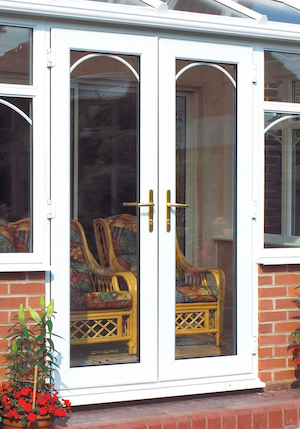Choosing a French Door Threshold Replacement
Thresholds fill in gaps at the bottom of doors and protect against water, draughts, and bugs all through the all the time. A lowered threshold is safer for pushchairs, wheelchairs or prams and connects indoor and outdoor spaces more seamlessly.
It is important to know the various options when advising customers about their French door threshold options.
Weathered
The threshold of an exterior door is a crucial element of any door system, offering protection from the elements as well as an effortless transition between indoor and outdoor space. When deciding on a threshold to go with an exterior door it is essential to strike a balance between safety and aesthetics. While they are essential to keep the home dry, thresholds also play a crucial role in user safety. They prevent tripping as well as limiting accessibility for those with mobility issues. In the end there are many threshold options available that allow customers to pick the best one for their home.
A threshold that is weathered is a fantastic option for doors that are outside, since it provides exceptional weather protection and creates a solid barrier that keeps water, wind and draughts from. This kind of threshold can be recessed or sunk into the floor to leave an upstand of 14mm, reducing the dangers of tripping while providing an effective seal against elements. Weathered thresholds should be used for all external doors as they provide greater weatherproofing than non-weathered options. However, potters-bar french door handle repairs of thresholds that are weathered could make them unsuitable for some users, particularly those with pushchairs or wheelchairs.

The thresholds that are not weathered tend to be smaller in height. A lot of them are just a few millimetres from the ground. This means they are less likely for them to cause tripping hazards. They also offer an easy transition between indoors and out, allowing the two to be connected in a way that is open and accessible. While they may not be as weatherproofed as a weathered option but are perfect for homeowners who wish to enhance the look of their home without sacrificing security or functionality.
If your French doors are currently equipped with an unweathered threshold or planning to replace them, a new threshold is a do-it-yourself task that can smooth uneven gaps at the bottom of doors, and also shield against drafts and water intrusion. The old threshold needs to be removed before a new one can be installed on an existing sill. To remove the old sill, place the flat bar between it and the subsill. Carefully lift the middle section. If the edges of your threshold have been nailed to the subsill and you want to remove them, use the hammer to break them away from the jambs. After the threshold is removed, wipe away any mortar left behind and sand the area until it has a smooth finish. It is recommended that you squirt an expanding foam sealant under the threshold prior to installing it. This will help hold it in place and fill in any air gaps.
